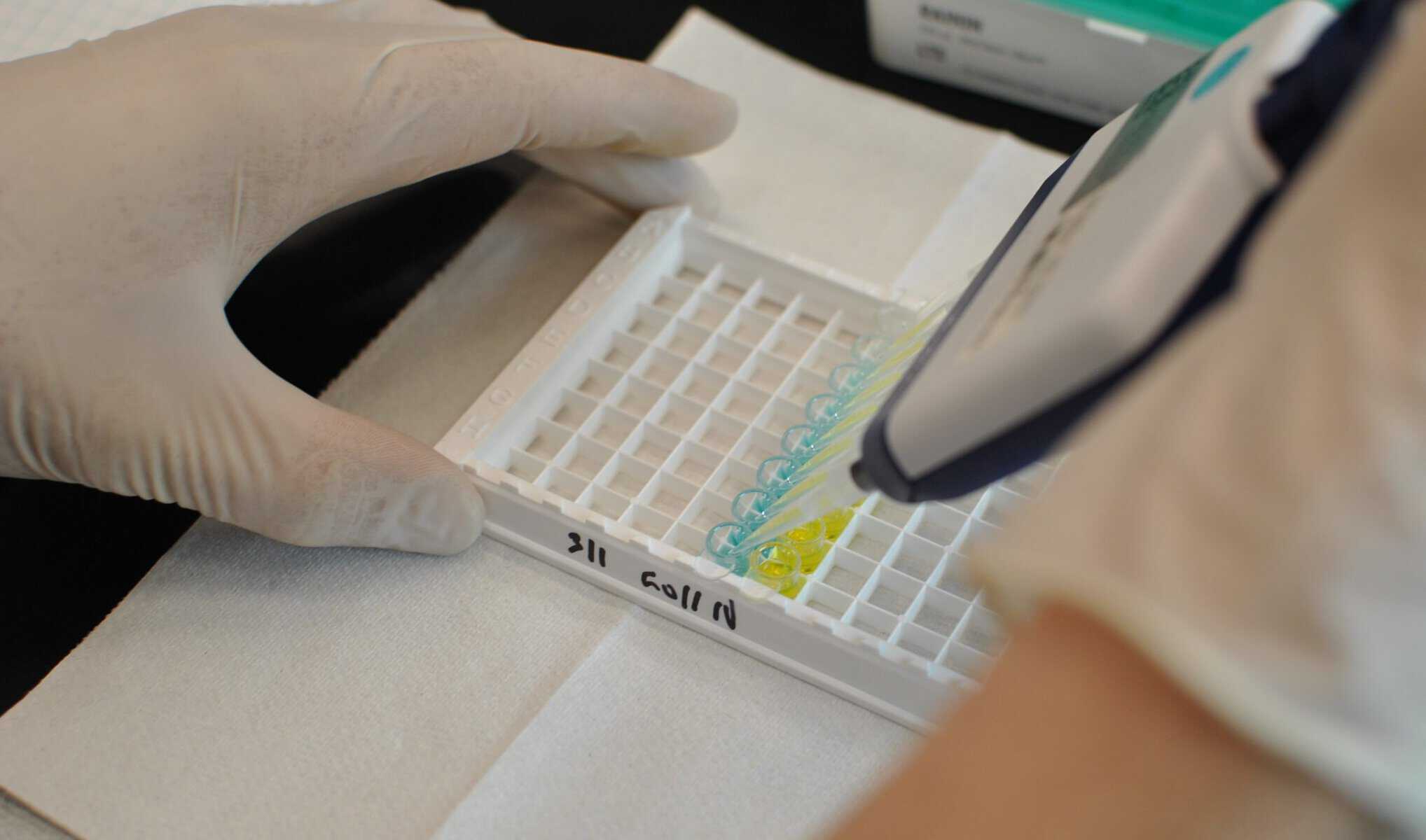9 Tips on Choosing the Right ELISA

What are some things to consider when choosing the right ELISA for you & your research needs?
We get it! You want a simple ELISA that doesn’t take up too much time & has high sensitivity and specificity that meets your needs. Ethos Biosciences performs innovative research to produce cutting edge ELISA products for a wide array of biomarker analytes, enabling us to be a technical resource for our customers. Here are some of the key things to consider when picking out an ELISA.
The species being tested
Ethos Biosciences creates ELISA kits predominantly for classical models like Human, Mouse, and Rat species. Our kits are accurate, repeatable, and easy to use. However, we also carry fewer common species such as ovine, dog, and hamster.
Qualitative or Quantitative?
Qualitative ELISAs are simple and provide a positive or negative result of a sample. Quantitative ELISAS provide exact measurements of the amount of substance in a sample since it is interpolated into a standard curve, making the ELISA more specific while providing more data.
Analyte Detection
Is the ELISA compatible with your sample? There are four types of ELISAs which cater to different aspects of biochemistry: Direct, Indirect, Sandwich, and Competitive.
- Direct ELISAs have the least number of steps and are commonly usedwhen analyzing the immune response to an antigen.
- Indirect ELISAs are a two-step process best for determining total antibody concentration in samples.
- Sandwich ELISAs (ideal for large proteins) make use of matched antibody pairs and can be 2-5 times more sensitive than indirect or direct ELISAs. Used in the analysis of complex samples, since the antigen does not need to be purified prior to measurement.
- Competitive ELISAs (ideal for small proteins) are best for detecting small antigens that cannot be bound by two different antibodies such as in the sandwich ELISA technique.
Type of antibodies
A primary antibody is always needed to bind to the target antigen, but a second antibody is not always used- depending on the ELISA. Secondary antibodies target the primary antibody and can be monoclonal or polyclonal. Primary antibodies are typically monoclonal to guarantee a higher degree of specificity. The benefit of using an ELISA that uses only primary antibodies is that the risk of cross-reaction is greatly reduced & less time consuming. However, using an ELISA with secondary antibodies allows room for more flexibility and increased signal amplification.
Sensitivity
ELISAs are great tools for research as they are the most sensitive immunoassay. The sensitivity is the lowest detection level of the marker that the antibody pair used in the ELISA kit can detect. Sensitivity is usually dependent upon specific characteristics of the ELISA such as type, antibodies, antigens, etc.
Recovery and Linearity Data
Spike-and-Recovery and Linearity-of-Dilution are the two most important methods of validating an ELISA. Spike and recovery methods are used to determine how the analyte is affected by the diluent or the biological sample matrix; and Linearity of Dilution refers to how linear the dose response of the sample is when at concentrations in diluent. The two tests are closely related and can be performed at the same time when validating an ELISA. These tests confirm an ELISA is within the desired range of measuring the analyte and has a robust immune response.
Detection
Although the end goal of performing an assay is generally the same, ELISAs vary considerably. There are two different modes of detection: colorimetric and fluorometric. Colorimetric assays result in a colored reaction product that absorbs light in a visible range. Fluorescent immunoassays are the result of an enzyme converting a substrate to a reaction product that fluoresces when excited by light of a particular wavelength.
| Colorimetric assay | Light is absorbed |
| Fluorometric assay | Light is emitted |
ELISA Protocol
The ELISA protocol can make or break the experiment. Our ELISA protocol is explicitly designed to cater to a low-level technician with simple step by step instructions and informative graphics. When the ELISA is finished, the user can access our step-by-step Data Tutorial for processing raw data into a usable product, available on the Resources page of our website.
Credibility
Credibility is invaluable to scientists, and at Ethos Biosciences, credibility is in our name. With over 2,100 publications worldwide, our ELISA kits have been vetted, and are preferred by scientists and practitioners around the world. Viewing publications will provide a good feel to see if the ELISA is a good fit for you & the research you are conducting.




